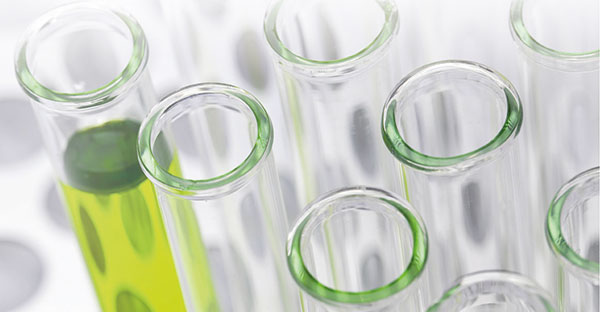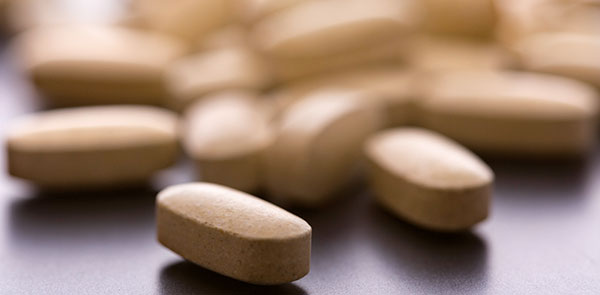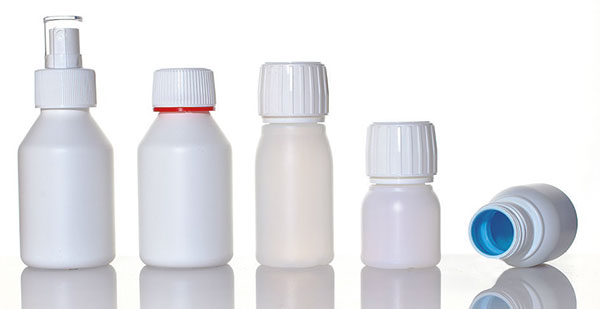Packaging for pharmaceutical products
SNAPSHOT OF A SECTOR A balance of activities and values of packaging destined for the various forms of pharmaceuticals in Italy.
In 2013, the Italian pharmaceutical sector as a whole (OTC and impulse purchase products, including for hospitals but excluding veterinary drugs) had a turnover of approximately 26,700 million euro, a 1% growth over that of 2012 (source: Prometeia).
According to an analysis conducted by Prometeia, the growth trend of total demand for pharmaceuticals shows that production has managed to increase thanks to the strong performance of medicines destined for export (+10%).
This development has been determined in particular by demand from markets in the European Union, which grew by 20%, and which is driven primarily by intensive intra-company exchanges among European multinational drug companies located throughout Italy.
Decidedly more modest is the flow of exports to areas outside the EU.
On the other hand, also in 2013, the Italian domestic market had a modest growth rate, not exceeding 1%.
In particular, according to IMS, Italian consumption of non-subsidized pharmaceuticals dropped 4.8%, while consumption of subsidized pharmaceuticals increased by 1.7%.

The substantial resilience of the domestic drug market, even during the current economic crisis, which has affected both food and non-food consumption among families, is due to the aging population, growing attention to preventive care and quality of life, and the recovery of a growing birthrate caused by the growing population of immigrants. The growth prospects for 2014 are moderately positive thanks to growth trends in exports, as well as a slight improvement in the growth of domestic demand.
In the near future, Italian exports should also be able to benefit from demand in emerging countries, where western drugs are spreading alongside the development of public health systems.

Progress of the various categories of pharmaceuticals
This analysis of the Italian market of drugs for human use examines only prescription and OTC drugs sold in the pharmacy (drugs consumed in hospitals is thus excluded).
The packaging on the market can be divided as follows: approximately 87% class A, B or C prescription drugs (categories assigned by the Ministry of Health); approximately 3% other prescription products sold without a medical prescription and 10% over the counter drugs, which show a positive growth trend.
The packaging of a drug is a very delicate operation in consideration of its use functions.
Such a packaging must first of all serve certain primary functions: protect the product, guarantee the absence of any negative interactions between container and drug, make use easy and functional, and prevent tampering and improper uses, for example by children.
It is estimated that, in 2013, the packaging of various types of pharmaceuticals reached 2,071 million units, +0.5% over 2012 (from 2000 to 2013, consumption of prescription and OTC drugs had an average annual growth rate of 2.8%).
The number of packagings sold in 2013, in terms of the main types of drugs, reached the following values:
- 642 million packagings of liquid pharmaceuticals (injectable, oral, eye drops, etc.), 3.7% growth over 2012:
- 1,305 million of solid pharmaceuticals (compresses, capsules, powders, etc.), +0.5% over the previous year;
- 124 million of other types of drugs (pomades, gels, sprays, etc.), representing a 14% drop.
The increase in sales of drugs in liquid form, ongoing for a few years, is determined mainly by injectable drugs thanks to the spread of vaccinations against influenza and vaccinations for newborn infants.
The growth of solid pharmaceuticals, on the other hand, depends on the spread of oral drugs in blister packs.
As for other pharmaceuticals, it is estimated that these saw a 10% drop, caused by a decreased use of creams, gels and pomades, while transdermals saw growth and sprays and foams on the whole remained stable.

The values of the packaging
The choice of one packaging type over another is closely connected to the drug type (liquid, solid, spray, etc.), but also to the properties of the substances present in the drug, to the point that the choice of packaging for a new drug must be approved by the Ministry of Health.
Products in blister packs account for a share of 55%, and this packaging type remains the most widely used one, especially for orally administered drugs, where it covers 92%. Glass packaging follows (total share of 21%), with a slight increase of 2012, driven mainly by the growth of injectable drugs, for which glass remains the only packaging type in use.
The situation of liquid (drinkable) pharmaceuticals is different. In this area, small glass bottles and flacons are tending to give way to plastic bottles.
Glass holds a modest position in the area of eye products.
Plastic packaging is widely used for non-drinkable pharmaceuticals (administered via eye, ear, etc.), with a share of 93%; for solid drugs for external use (creams, powders, etc.), with a share of 41%; and in the creams and pomade sector, with a share of 24%.
The area of plastic packaging has also been affected in recent years by a market orientation toward single-dose packagings, preferred to multi-dose formats.
In the area of orally administered drugs, for example, the presence of traditional (multi-dose) flacons is decreasing, and, at the same time, single-dose containers or pouches, generally produced using multiple materials, predominantly plastic, are on the rise.
Single-dose packagings have reached a share of 5% in the area of eye/ear medicine, 3.5% of solid oral drugs, 9% of drugs for external use and 10% of pomades and foams.
The other main types of primary packaging used to package pharmaceuticals are spray cans, both plastic and aluminium flexible tubes, aluminium rigid tubes and cellulosic containers.
98% of spray cans used are aluminium. The main competitor of the spray can is the plastic mechanical dispenser, whose market share in the spray and foam area does not exceed 8%, against 92% for the spray can.
Flexible tubes find application in the sector of creams and pomades, with a share of 24% for plastic ones and 66% for aluminium ones. The remaining 10% concerns other packaging types.
Aluminium rigid tubes are present in the area of solid drugs for external use (mainly powders) and account for a share of approximately 50%.
As for primary packaging, this area also includes paper, with applications in granulated pharmaceuticals for oral use (0.5%).
In addition to primary packaging, packaging for pharmaceuticals of course also includes secondary packaging (card cases) and transport packaging (corrugated cardboard boxes, pallets, stretch film, etc.).
As for cases, these are in fact absolutely necessary in that, in addition to protecting the container, they must house the page containing instructions and properties of the medicine. Overall, approximately 41,000 tons were used in 2013.
Plinio Iascone
Istituto Italiano imballaggio




















